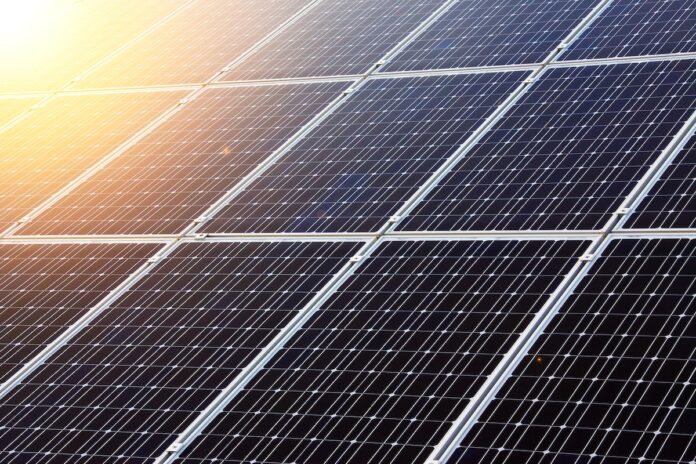Khartoum – July 2025 –
Sudan is advancing an ambitious national strategy to harness solar energy as a cornerstone of its long-term economic and infrastructure recovery. Amid widespread electricity shortages and growing demand for clean energy, the government has outlined a plan to transform Sudan into a regional model for solar-powered development.
🌞 A Vision Rooted in Necessity
With the national grid strained by years of conflict and underinvestment, solar power presents a viable and scalable solution. Sudan faces a daily energy deficit of over 800 megawatts, particularly affecting rural and conflict-affected areas. As a result, solar energy has emerged as both a necessity and an opportunity.
Sudan’s national plan aims to add 5,000 megawatts (MW) of renewable capacity—primarily solar—by 2030, integrating both grid-connected plants and off-grid systems in rural communities.
🏗️ Major Projects in Development
- 100 MW Solar Farm – Dongola: A flagship project designed to supply electricity to the Northern State and reduce dependency on imported fuel.
- 50 MW Wind-Solar Hybrid – Red Sea State: Targeting coastal communities with limited energy access, this project combines renewable technologies for optimal efficiency.
- Expansion of Al-Fashir Solar Plant (5 MW): Sudan’s first utility-scale solar plant is undergoing capacity upgrades to serve a larger portion of North Darfur.
🌍 Empowering Communities Through Off-Grid Solutions
Partnering with international donors and institutions like the World Bank and UNDP, Sudan is rolling out off-grid systems across remote areas. These include:
- Solar irrigation pumps to support small-scale farmers in regions like Tokar and the Blue Nile.
- Solar water yards and clinics in Eastern Sudan and South Kordofan to power essential services.
- Solar lighting projects in camps for displaced populations, improving safety and mobility at night.
📊 Policy Support and Investment Incentives
To encourage private sector participation, Sudan has updated its Renewable Energy Act and introduced a range of investment incentives, including:
- Zero customs duties on imported solar equipment.
- Feed-in tariff mechanisms for private power producers.
- Land access and fast-track permits for solar developers.
The Sudan Electricity Holding Company (SEHC) and the General Directorate of Renewable Energy are overseeing implementation, ensuring transparency and compliance with international standards.
⚠️ Challenges and Priorities
Despite progress, Sudan faces challenges in financing, technical expertise, and regulatory enforcement. Recent reports of substandard solar products and unregulated vendors have raised alarms about consumer protection. The government plans to launch a national solar quality assurance program by early 2026.
🔮 A Future Built on Solar Innovation
Sudan’s solar roadmap is more than a response to crisis—it is a blueprint for sustainable growth. By prioritizing clean energy, Sudan not only aims to stabilize its power grid, but also to create jobs, enhance food security, and build climate resilience.
As the country looks toward recovery and renewal, solar energy stands at the heart of Sudan’s vision for a brighter and more self-reliant future.




